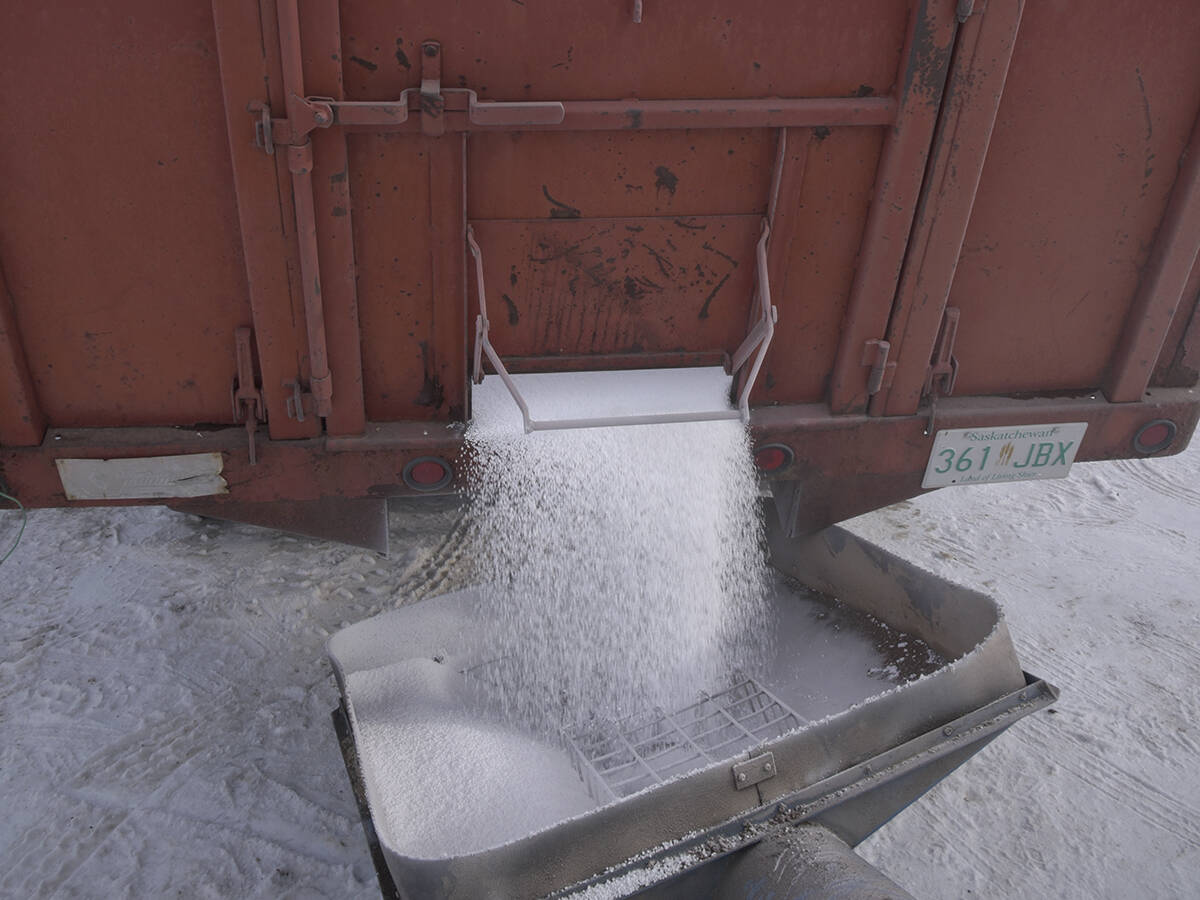Agricore officials hope an aggressive capital spending program in the next two years will help put their company on the road to being number one.
The new co-operative created by the merger of Manitoba Pool Elevators and Alberta Wheat Pool has budgeted for capital expenditures of $200 million in 1998-99 and $170 million in 1999-2000.
By comparison, the two pools’ combined capital spending in 1997-98 was $125 million.
The company, which will hold its first annual meeting of delegates next week in Calgary, will be spending to expand its grain handling and farm supply business across Western Canada.
Read Also

Urea prices heading higher: analyst
A fertilizer market analyst thinks urea prices have bottomed out and are heading higher through the first quarter of 2026.
“We would like to be the leading organization both in farm inputs and in the grain handling business,” Agricore chief executive officer Gordon Cummings said in an interview last week.
He was in Saskatoon as part of a prairie-wide media tour designed to spread the word to farmers about the new company, which officially came into being Nov. 1.
Agricore is already the top seller of farm inputs in Western Canada and ranks second to Saskatchewan Wheat Pool in grain handling volumes. Cummings said Agricore hasn’t specifically set its sights on surpassing Sask Pool in grain handling.
“My fondest hope is that a few years from now, a producer in any one of the three provinces talking in the coffee shop will say that if you’re going to talk to two organizations about buying inputs or marketing grain, there’s one you just have to talk to because they’re a leader,” he said. “What that turns into in market share, I guess we’ll see.”
He said Agricore is in a strong position to finance an aggressive capital spending program.
The company has a working capital ratio of 1.7 to one, which means that for every dollar of current debt, it has access to roughly $1.70 in cash or available borrowing. Companies are generally in the range of 1.1 or 1.3 to one. Sask Pool’s ratio, for example, is 1.15 to one.
The actual numbers for Agricore are $712 million in current assets and $413 million in current liabilities, which leaves the company with $298 million in working capital.
Agricore operates elevators at 153 locations in Alberta, 116 in Manitoba, two in B.C., one in Saskatchewan and one in Montana.
The company expects to be operating at 100 locations in Alberta within 18 months, as it builds new high throughput elevators and closes existing facilities. There will also be closures in Manitoba, but Cummings said it’s too early to say how many.
Cummings was cagey about the company’s plans for Saskatchewan, saying the new co-op will definitely be moving into the province, but declined to reveal any details.
Agricore operates an elevator at Dodsland, Sask., as a joint venture with a local producer group, is involved with another producer group raising local money at Naicam, and has announced plans to build at Herbert.
He said the company has been approached by a number of Saskatchewan producers about setting up shop in the province, but he wouldn’t say how many grain handling facilities Agricore wants to have in Saskatchewan.
“We are talking to some other potential producer groups for joint ventures and we do have options on some other pieces of land where we think eventually we would like to do construction on our own.”
The company is focusing on areas where it sees a void in local service, since there is no point building the fourth or fifth high throughput facility in a location like Kindersley or Tisdale.
“That wouldn’t bring value to the producer and probably wouldn’t justify the economic investment.”
He added the company would prefer to build in Saskatchewan on the basis of 50/50 joint ventures with local groups since that guarantees there will be local support: “That certainly beats starting from scratch.”














